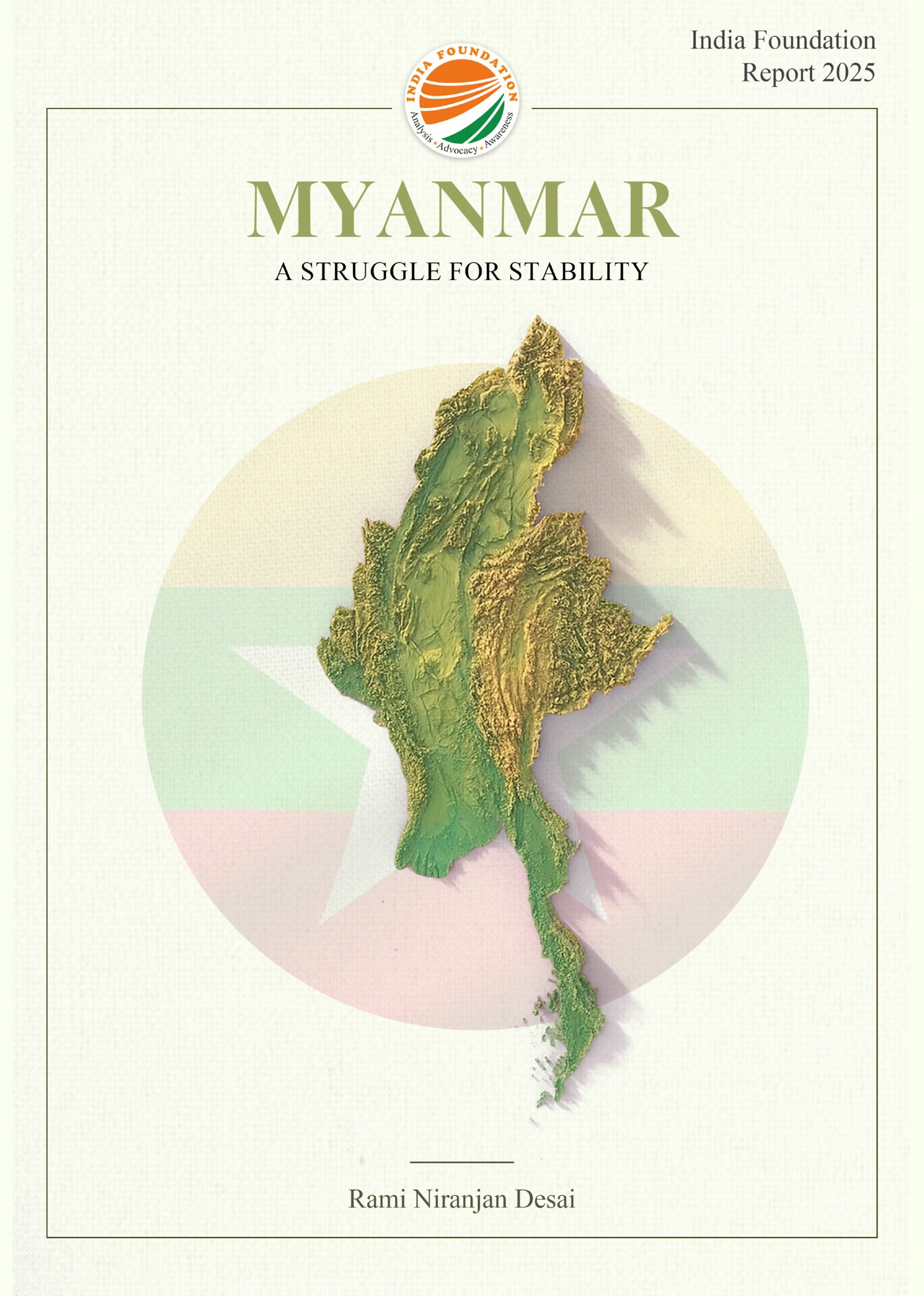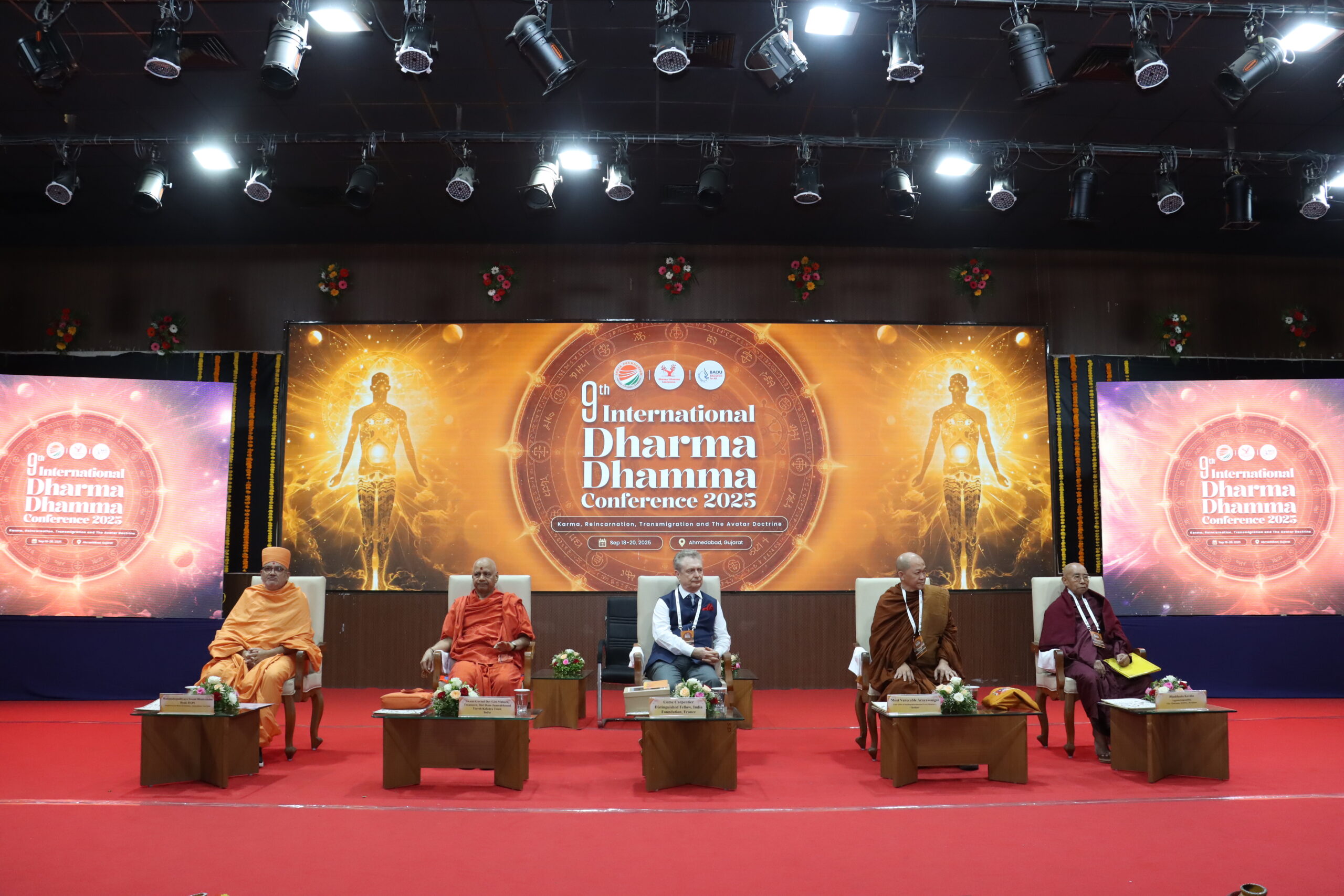Year 1992 was momentous in the history of the Indo-Pacific. In February that year, the Chinese legislature passed a resolution innocuously named as the ‘Law Concerning Territorial Waters and Adjacent Regions’. This resolution was the starting point of China’s ambitious and aggressive maritime adventures in Nanhai or Nanyang – the Chinese name for the South China Sea and the Southern Ocean. This came as a culmination of the Southern tour of the supreme leader Deng Xiaoping. Armed with the new law, the Chinese started making new maritime claims in the Western Pacific right upto the Malacca Straits. It also started enforcing claims based on the unilaterally pronounced Nine Dash Line – an imaginary maritime boundary causing serious consternation to the maritime states in the region like Indonesia, Malaysia, Vietnam and Philippines.
This sudden ascendency of China in the Western Pacific was followed by another important geo-strategic development in the region nine months later. In November 1992, the Americans had announced the closure of an important naval base at the Subic Bay in Philippines. The base had been under the US control since the time of victory of the US Forces in the Spanish-American War of 1898. The base played a pivotal role in US’ naval adventures in the Western Pacific during the Cold War years as the “service station and supermarket” for the US Seventh Fleet. In June 1991, Mount Pinatubo, a volcanic mountain in the region, had erupted causing severe damage to the base and a nearby US Air Force base at Clark. Rising nationalism in the Philippines and the collapse of the Soviet Union too contributed to the US decision of vacating the Bay.
Although unconnected, these two developments in 1992 – the new Chinese maritime laws and the US’ withdrawal from Philippines – were to signify a major strategic shift about to begin in the Indo-Pacific region – the ascendency of China and the erosion of the US influence.
Thirty years later, this asymmetry is glaring before the countries in the region as well as the world at large. China has today emerged as a major maritime power, ambitiously exerting its authority in the seas to the South and East. It shed what President Hu Jintao described in 2003 as its “Malacca Dilemma” under President Xi Jinping and embarked on the program of “great rejuvenation of the Chinese nation” in the Southern oceanic region. It occupied shoals, built artificial islands, constructed airstrips on them, erected radars, deployed massive fleet of vessels to constantly guard the waters and violated boundaries of maritime neighbours with impunity.
China’s Indo-Pacific adventurism is an important dimension of the “China Dream” of Xi Jinping. The Chinese had always felt claustrophobic of being surrounded by big powers like Russia, India and Japan. Their relatively underdeveloped Naval strength had left them handicapped in the only major opening that they had in the South through the Indo-Pacific sea lanes. As the country prospered, its dependence on the Indo-Pacific has also increased manifold. Malacca Straits became its lifeline with over 80 percent of its energy supplies coming through that route.
Additionally, the global power axis has shifted to the Indo-Pacific region with the advent of the new century. This region has emerged as the busiest sea-route with over 50 percent of the container tonnage passing through it. It is here that the fastest growing new economies are located. It is here that major defence spending is happening. It is here that populations with purchasing power creating potential markets exist.
Both China and the US have realised the growing importance of the Indo-Pacific region in the 21st century. President Xi Jinping’s Belt and Road Initiative (BRI) – that included both land and maritime linkages – was essentially intended to gain greater dominance over Eurasia in general and the Indo-Pacific in particular. In a hard-hitting speech against the West, delivered in February 2013 and released to the public six years later, Xi Jinping came down heavily against what he perceived as America’s ‘containment policy’ against China in the region. The BRI was conceived as an antidote to America’s intended re-domination of the region.
President Obama’s years in the White House saw enhanced attention towards the Indo-Pacific region. His policy of ‘Asian Pivot’ or ‘Asian Rebalancing’ was a major shift from the earlier US focus on West Asia and Western Europe. Although Bill Clinton and George Bush showed some interest in the shifting power balance in the world, their focus largely remained limited to Guam and Western Pacific besides of course the ‘war on terror’ in West and Central Asia. With a view to achieving balance in the Indo-Pacific region and containing China’s growing muscle, Obama initiated ‘Trans-Pacific Partnership’ (TPP) dialogue with the nations on the periphery of the Indo-Pacific, while enhancing bilateral ties with ASEAN member states and other regional powers.
In an important article in the Foreign Policy magazine titled ‘America’s Pacific Century’, Secretary of State Hillary Clinton wrote that “Strategically, maintaining peace and security across the Asia-Pacific is increasingly crucial to global progress, whether through defending freedom of navigation in the South China Sea, countering the nuclear proliferation efforts of North Korea, or ensuring transparency in the military activities of the region’s key players”. She enumerated six action points for the policy of ‘Asian Pivot’: strengthening bilateral security alliances; deepening America’s relationships with rising powers, including China; engaging with regional multilateral institutions; expanding trade and investment; forging a broad-based military presence; and advancing democracy and human rights.
End of Obama presidency coincided with consolidation of Xi Jinping’s position in China. President Donald Trump’s reckless adventurism met with Xi Jinping’s ‘great power autism’ – inability to hear about the concerns of others. In his Indo-Pacific policy address, Trump articulated his aim in so many words as targeting China. While Obama’s Asian Pivot policy was inclusive at least ostensibly, Trump didn’t display any such pretences. His Indo-Pacific policy clearly excluded China and his Secretary of State Mike Pompeo missed no opportunity to attack the Chinese Communist Party as the quintessential evil.
The American hyper-power and the Chinese growing power are on an ominous collision course in the Indo-Pacific. Mutual suspicion is conspicuous in many of the initiatives that both countries take in the region. The Trans-Pacific Partnership (TPP) that President Obama initiated in 2012 excluded China. Similarly, the Regional Comprehensive Economic Partnership (RCEP) that China initiated a year later excluded America. This obviously puts pressure on the regional stakeholders. “The strategic choices that the United States and China make will shape the contours of the emerging global order. It is natural for big powers to compete. But it is their capacity for cooperation that is the true test of statecraft”, wrote Prime Minister of Singapore Lee Hsien Loong in a recent article in The Foreign Affairs journal, which extensively dealt with the raging acrimony between the two big powers. “The Asia-Pacific countries do not wish to be forced to choose between the United States and China. They want to cultivate good relations with both”, he added. No less-important regional powers like India, Japan and Australia, together with their ASEAN neighbours, must watch the unfolding rivalry carefully and closely.
The economic and security heft of the United States is critical to what President Obama termed as the ‘Asian Rebalance’. Without the American reassurance, nuclear threshold countries like Japan and South Korea may be tempted to cross that threshold, thus jeopardising regional security further. On its part, China has to rewind its policy by twenty years to Jiang Zemin’s time when the Chinese leadership was sincerely reassuring its Asian neighbours – the ‘Near Abroad’ as the Chinese describe it – and the rest of the world about its intentions of a ‘peaceful rise’. That had earned China a smooth entry into the World Trade Organisation (WTO) in 1999 and allowed it an opportunity to exploit global markets. In just two decades time China emerged as the world’s largest economy in terms of its GDP on purchasing power parity (PPP) and second largest in nominal GDP.
Xi Jinping wants regional powers in Asia to take control of the affairs of the region. As a principle it sounds logical. However, given the experience of several countries in the region with China in the past, it actually echoes China’s Tianxia worldview in which the Chinese emperor, sitting in the Zhongguo – Middle Kingdom – would rule over “all people under heaven”. The regional powers want their relationship with China on the basis of ‘sovereign equality’. Decades ago, when this was being challenged, the South East Asian countries came together and formed the ASEAN to deal with a bigger and mightier China. As China grew even bigger, it is imperative for all the important regional powers to come together ensuring that the region doesn’t become a battlefield for a new Cold War on one hand and one dominated by China on the other. Regional collaborative initiatives that include all major powers like India, Japan, ASEAN and Australia are crucial to the peaceful management of this most happening region of the century.
India is an important power in this region. Just as the centrality of the ASEAN to the Indo-Pacific cannot be overlooked, centrality of India to the Indian Ocean too cannot be underplayed. India has a stated policy of Act East from the time of Prime Minister Narasimha Rao’s regime in early 1990s. However, it doesn’t seem to fully realise the potential and significance awaiting it to the East of its geography. Indian approach still remains largely Westward ho. Indian system should appreciate the fact that what France and Germany are to it today, Vietnam and Indonesia will be tomorrow.
Indian diplomacy has to pull its socks up to play a greater role in the region. Prime Minister Modi laid out his vision at the Shangri La address in 2017. It has to shed its reticence and move in that direction quickly and strategically. Seasoned diplomats easily understand what James Mattis meant when he told the American Congress as the Commander of the U.S. Central Command: “If you don’t fund the State Department fully, then I need to buy more ammunition ultimately.” If diplomacy doesn’t get priority, defence will be forced to. It may be pertinent to recall that India began its global diplomacy with the Asian Relations Conference hosted by Jawahar Lal Nehru in March 1947. It was from there that the policy of non-alignment took roots. These twin principles – proactive engagement with Asian neighbours and non-alignment – remained benchmarks for Indian diplomacy ever since.
There is no better time for India to recommit itself to these benchmarks; and no better opportunity than the Indo-Pacific.
Shri Ram Madhav is an Indian politician, author and thinker. Formerly, he has served as the National General Secretary of the Bharatiya Janata Party (BJP) and has also been a member of the National Executive of the Rashtriya Swayamsewak Sangh (RSS). He also serves as a Member of the Governing Board of India Foundation.




